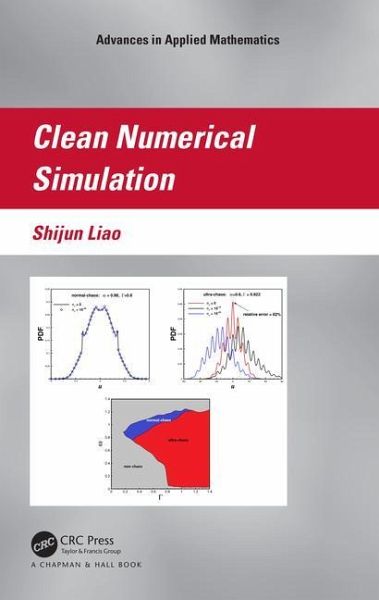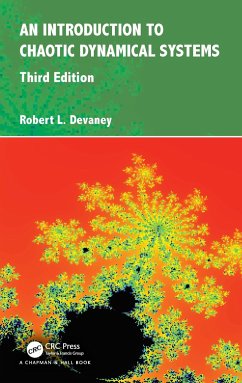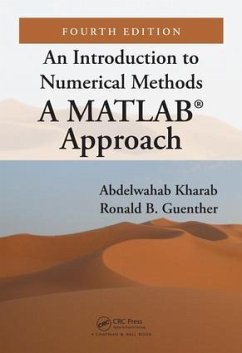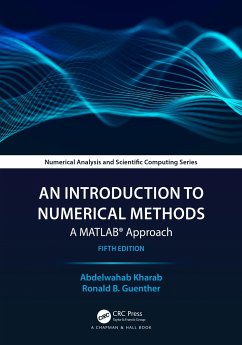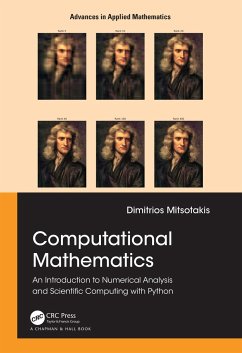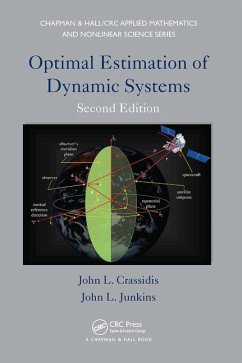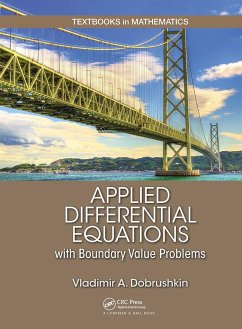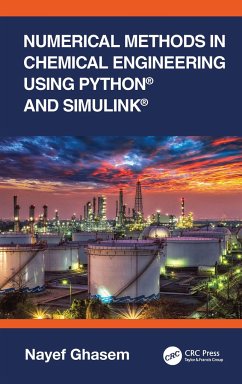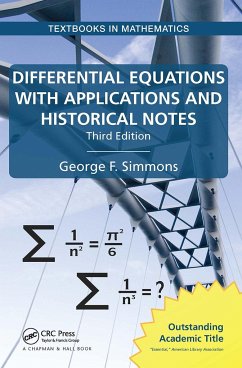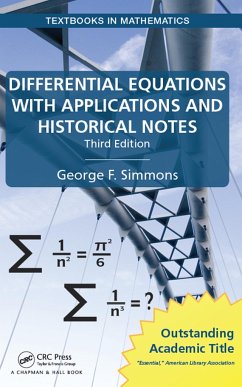Shijun Liao is Chun-Shen Distinguished Professor, Director, State Key Laboratory of Ocean Engineering, and Dean, School of Naval Architecture, Ocean and Civil Engineering at Shanghai Jiao Tong University, Shanghai, China. He holds a Ph.D. from Shanghai Jiao Tong University. he is also Cheung-Kong Distinguished Professor (Ministry of Education of China). His research is well-known. Topics include Nonlinear mechanics, gravity waves, turbulence, nonlinear dynamics, chaos, applied mathematics, analytic approximation method for highly nonlinear equations, reliable numerical simulations of chaotic systems and turbulence, and computer algebra methods in nonlinear mechanics. Awards and honors include Shanghai Scientific Elite (2017), National Natural Science Award (2016), Shanghai Natural Science Award (2009), Shanghai Peony Natural Science Award (2009), Shanghai Excellent Teaching Award (2004), Thomson Reuters Highly Cited Researcher in mathematics (2014, 2015, 2016), Thomson Reuters Highly Cited Researcher in engineering (2014), World's Top 2% Scientists 2020 (Stanford University). He is also the author of Beyond Perturbation: Introduction to the Homotopy Analysis Method, also published by CRC Press.
